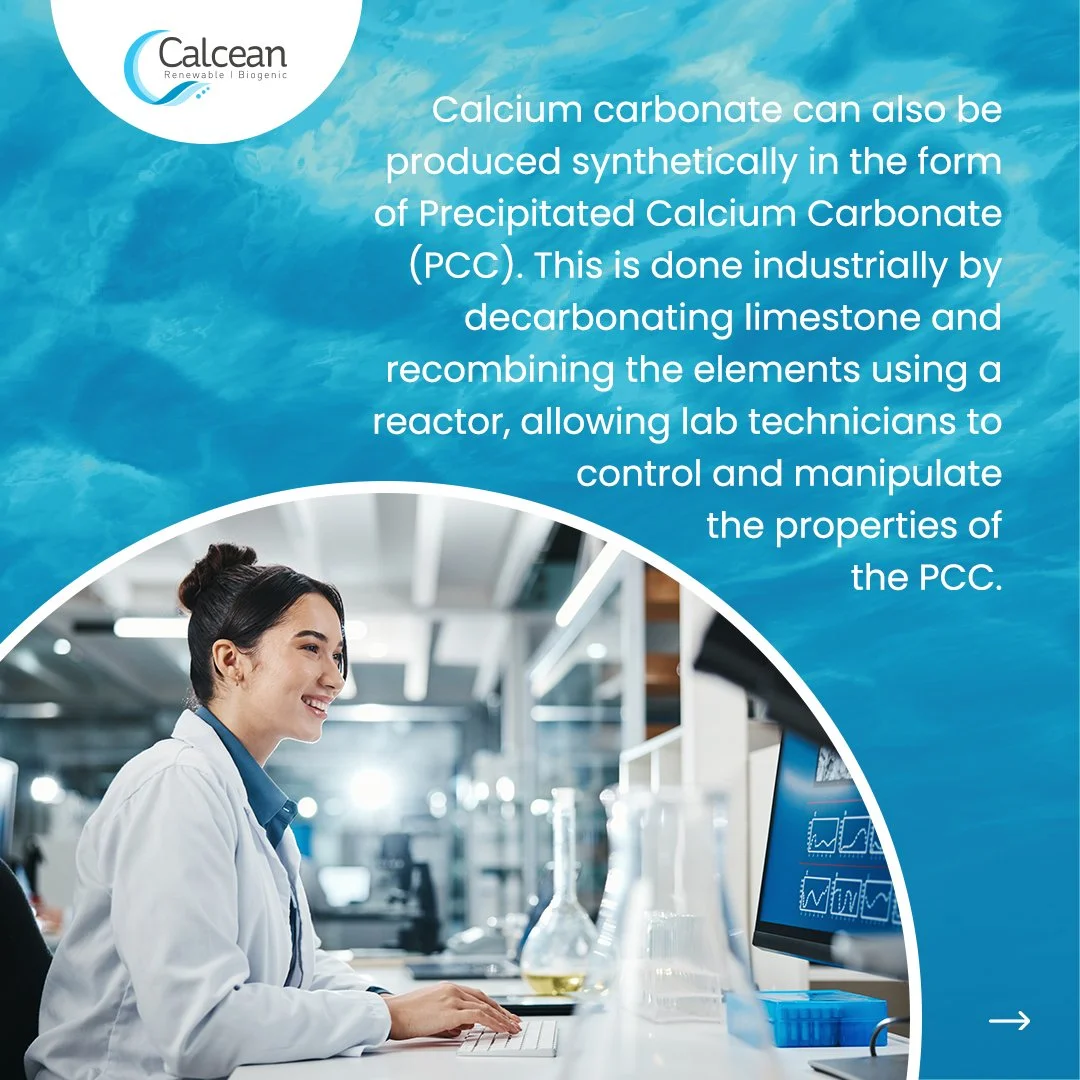Calcium Carbonate: How It's Formed and Why Oolitic Aragonite is the Future
Calcium carbonate is one of the most abundant minerals on Earth—and a vital material across dozens of industries, from construction and agriculture to plastics and pharmaceuticals. But not all calcium carbonate is created equal.
There are three primary forms used commercially: limestone, precipitated calcium carbonate (PCC), and oolitic aragonite. Each has a unique formation process, environmental impact, and industrial relevance. In this post, we’ll break down how each form is created, what makes them different, and why oolitic aragonite is rapidly gaining attention as the renewable, sustainable solution for a wide range of applications.
🪨 1. Limestone: Ancient, Abundant—and Finite
Formation:
Limestone is a sedimentary rock formed over millions of years through the accumulation and compaction of marine organisms like coral and shell fragments. These remains slowly transform into rock under pressure, forming calcium carbonate in the calcite crystal form.
Industries Used In:
Construction (aggregate, cement, concrete)
Agriculture (soil amendment)
Water treatment
Glass manufacturing
Fillers for plastics, paints, coatings, and more
Pros:
Abundant and widely available
Cost-effective for bulk applications
Cons:
Non-renewable—quarrying depletes ancient geological resources
Energy-intensive extraction and processing
Can cause significant land disruption and ecosystem damage, permanently altering local geological conditions of quarry sites
Often contains contaminants and not as pure
⚗️ 2. Precipitated Calcium Carbonate (PCC): Man-Made Precision
Formation:
PCC is a synthetic form of calcium carbonate created by reacting quicklime (from limestone) with carbon dioxide in water. This process allows for tight control over particle size, morphology, and purity, making PCC ideal for applications requiring high performance.
Industries Used In:
Paper and printing
Pharmaceuticals and food additives
Paints and coatings
Rubber and plastics
Pros:
Highly pure and customizable
Consistent particle morphology
Cons:
Energy- and chemical-intensive manufacturing
Not environmentally sustainable—still relies on quarried limestone
Expensive relative to natural alternatives
🌊 3. Oolitic Aragonite: Nature’s Renewable Mineral
Formation:
Oolitic aragonite forms naturally and continuously in warm, shallow ocean waters—like those found in The Bahamas. Tiny spherical grains called ooids form when calcium carbonate precipitates growing layer by layer in the aragonite crystal form.
This process is ongoing, driven by natural ocean chemistry, phytoplankton, and wave motion—making it a renewable resource.
Industries Used In:
Bioplastics and composites
Animal feed and agriculture
Environmental remediation (acid neutralization, carbon sequestration)
Landscaping and soil health
Personal care and cosmetics
Glass, paints, and specialty fillers
Play sand, aquariums, and more
Pros:
Sustainably harvested with minimal environmental impact
Naturally non-toxic and high in calcium
Supports carbon sequestration and is climate positive
Renewable & biogenic: continuously replenished in nature
Aragonite’s morphology offers enhanced benefits compared to calcite forms
Cons:
Less widely known or adopted compared to limestone and PCC
Logistics and access dependent on marine harvesting zones
🌱 Why Oolitic Aragonite Is the Future
As industries move toward sustainable manufacturing, carbon footprint reduction, and circular economies, oolitic aragonite offers a smart and scalable alternative to traditional calcium carbonate sources.
Its renewability, clean production process, and biocompatibility make it ideal for everything from bio-based plastics to climate-smart agriculture and carbon-removal technologies.
Ready to Learn More?
At Calcean, we specialize in harnessing the power of oolitic aragonite for modern applications—from bioplastics to construction and beyond.
👉 Visit www.calcean.com to explore our products.
📩 Or contact us at inquiries@calcean.com to discuss how we can help replace the synthetic with the sustainable.




